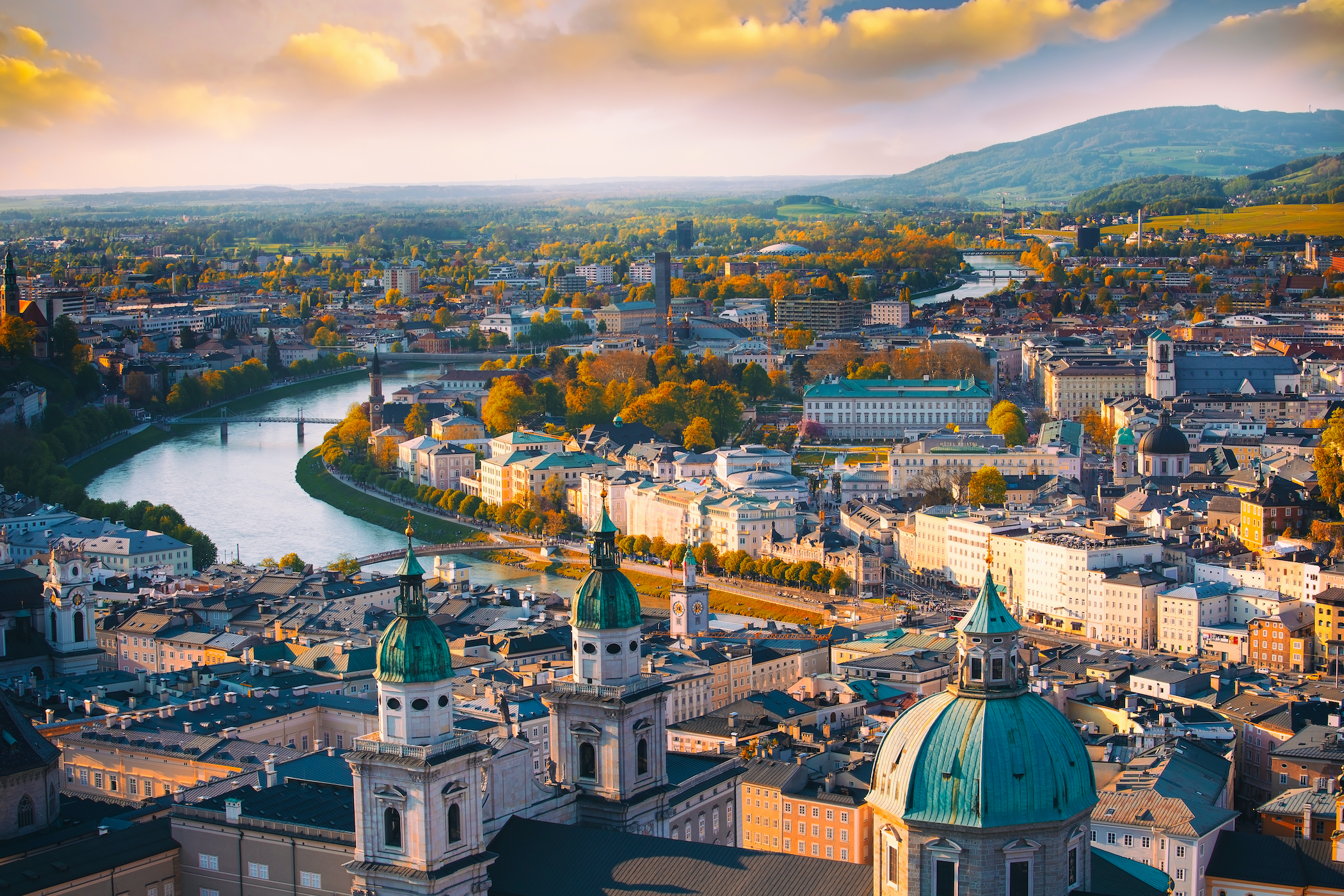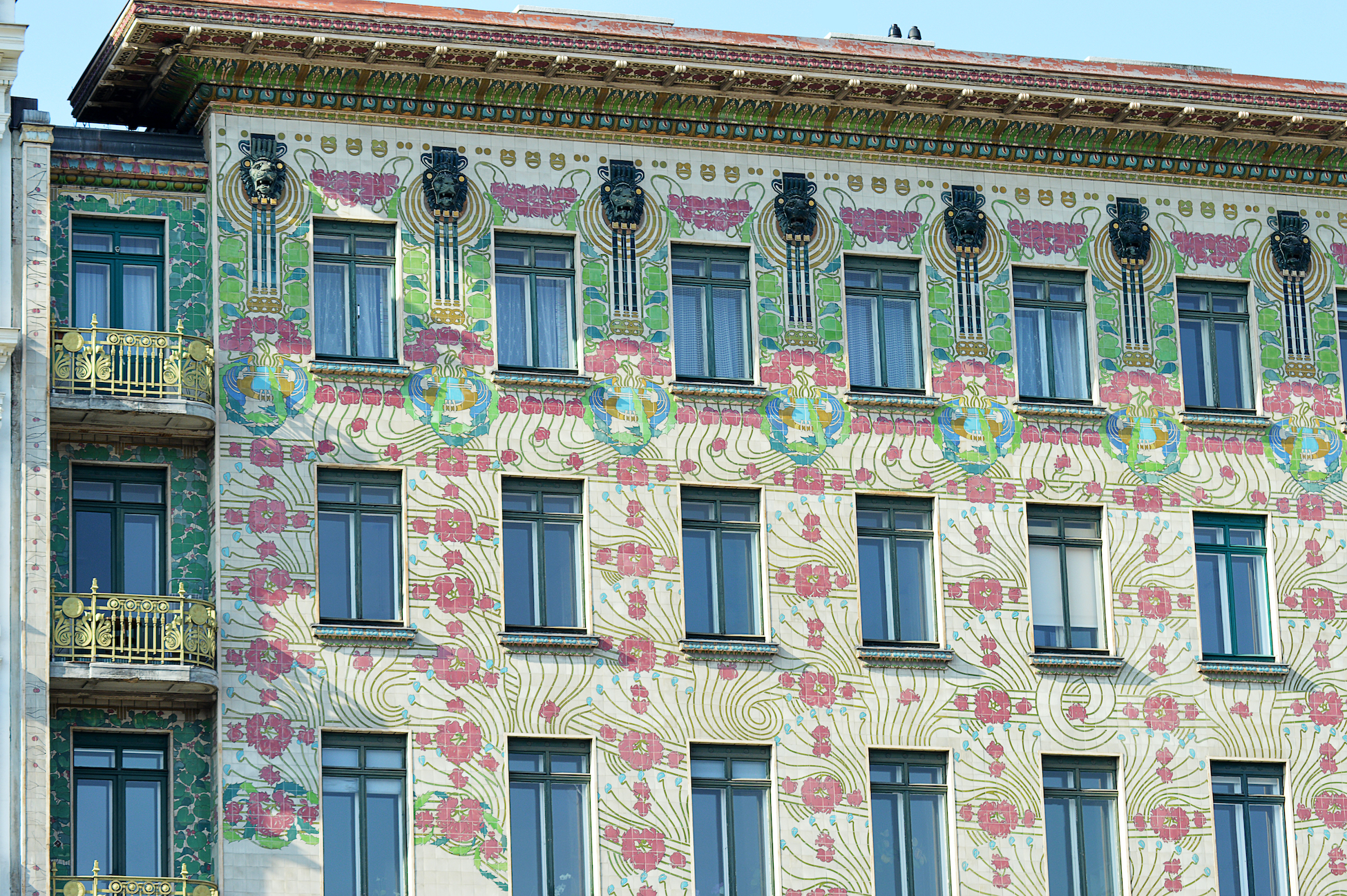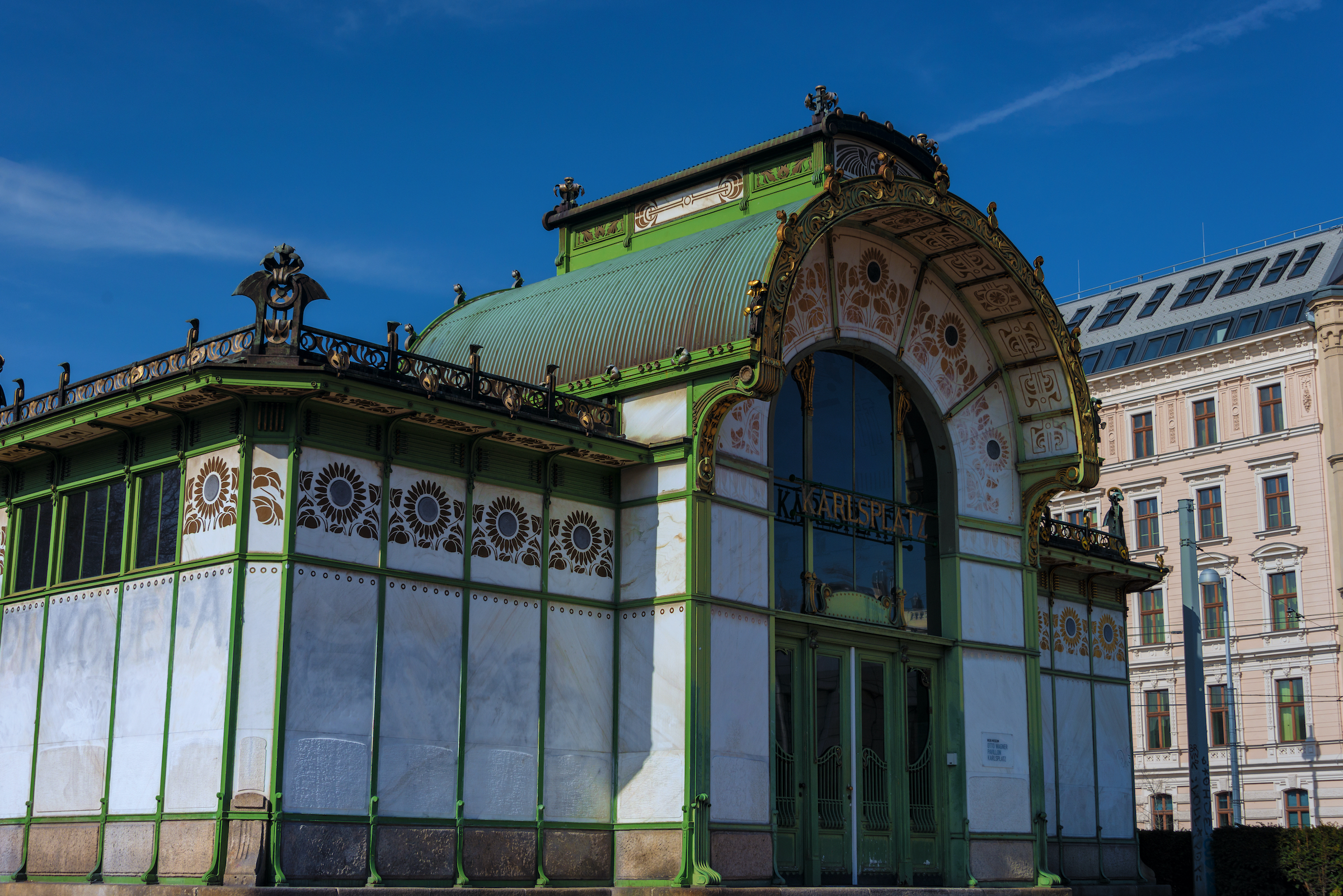It was in Vienna when Hitler marched from Germany into Austria to annex the country. It was in Vienna where there was a kind of local wellspring of excitement about Hitler, which immediately, on that evening of his arrival, turned into violence against the Jewish neighbours. Overnight, a huge proportion of Jewish Viennese people, citizens, were effectively evicted from their homes, and that eviction was never overcome.
Ultimately, within a few years, all Jews would lose their apartments, taken over by the Gentile neighbours or used as gathering points to send people to concentration camps and death camps in the east. This, by the way, was not an invention that was already cultivated in Germany. It was based on a kind of grassroots enmity between neighbouring individuals in Vienna, of Christian neighbours going against their Jewish Mitbürger.
It was this displacement of Jewish Vienna into what are called Sammelwohnungen, collective apartments; then from the Sammelwohnungen to a collective station; and then from these stations, via the very railroads which I documented as bringing people into the city – Otto Wagner’s trains, myself coming in, those very railroads sending the Viennese people to their death in places like Minsk and Maly Trostenets.
That helped shape the idea of the Final Solution, which was to remove people from the German-speaking world, to remove Jews and exterminate them in places that couldn’t be reached either by news reports or even by rumour. So, that fundamental stepping stone towards the Holocaust happens as an integral part of the story of the Viennese interior, of Viennese Modernism. It’s that dream and that total nightmare of displacement.


